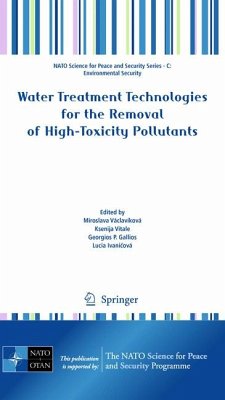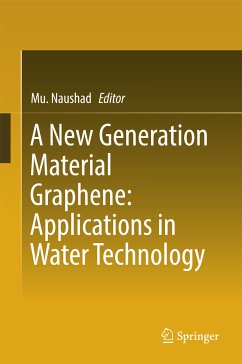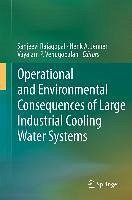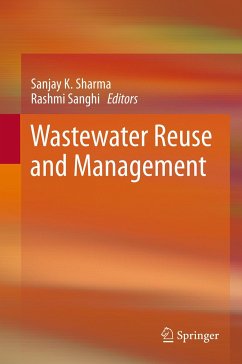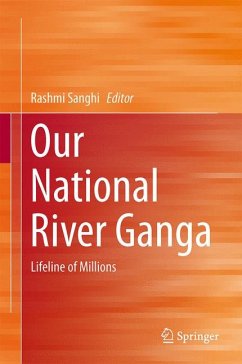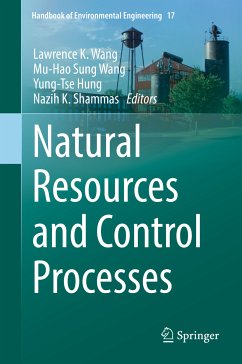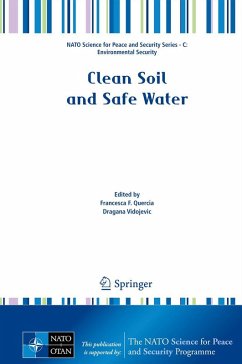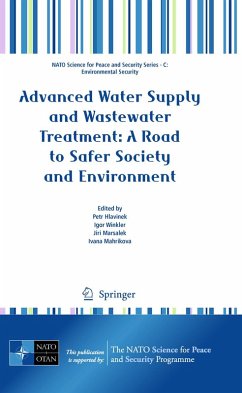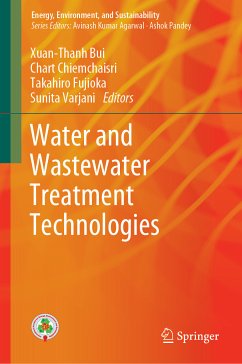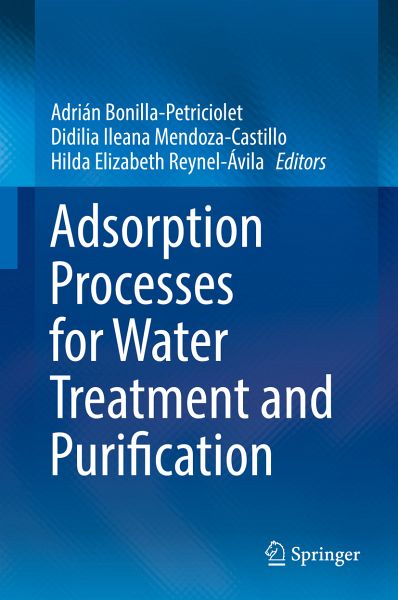
Adsorption Processes for Water Treatment and Purification (eBook, PDF)
Versandkostenfrei!
Sofort per Download lieferbar
104,95 €
inkl. MwSt.
Weitere Ausgaben:

PAYBACK Punkte
52 °P sammeln!
This book provides researchers and graduate students with an overview of the latest developments in and applications of adsorption processes for water treatment and purification. In particular, it covers current topics in connection with the modeling and design of adsorption processes, and the synthesis and application of cost-effective adsorbents for the removal of relevant aquatic pollutants. The book describes recent advances and alternatives to improve the performance and efficacy of this water purification technique. In addition, selected chapters are devoted to discussing the reliable mo...
This book provides researchers and graduate students with an overview of the latest developments in and applications of adsorption processes for water treatment and purification. In particular, it covers current topics in connection with the modeling and design of adsorption processes, and the synthesis and application of cost-effective adsorbents for the removal of relevant aquatic pollutants. The book describes recent advances and alternatives to improve the performance and efficacy of this water purification technique. In addition, selected chapters are devoted to discussing the reliable modeling and analysis of adsorption data, which are relevant for real-life applications to industrial effluents and groundwater.
Dieser Download kann aus rechtlichen Gründen nur mit Rechnungsadresse in A, B, BG, CY, CZ, D, DK, EW, E, FIN, F, GR, HR, H, IRL, I, LT, L, LR, M, NL, PL, P, R, S, SLO, SK ausgeliefert werden.



